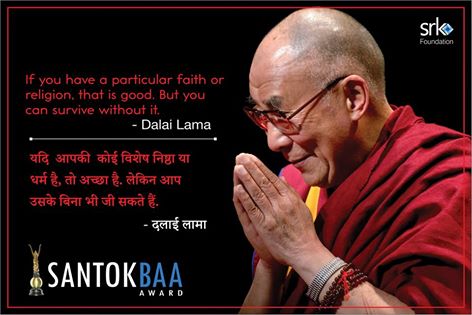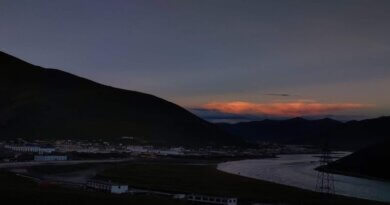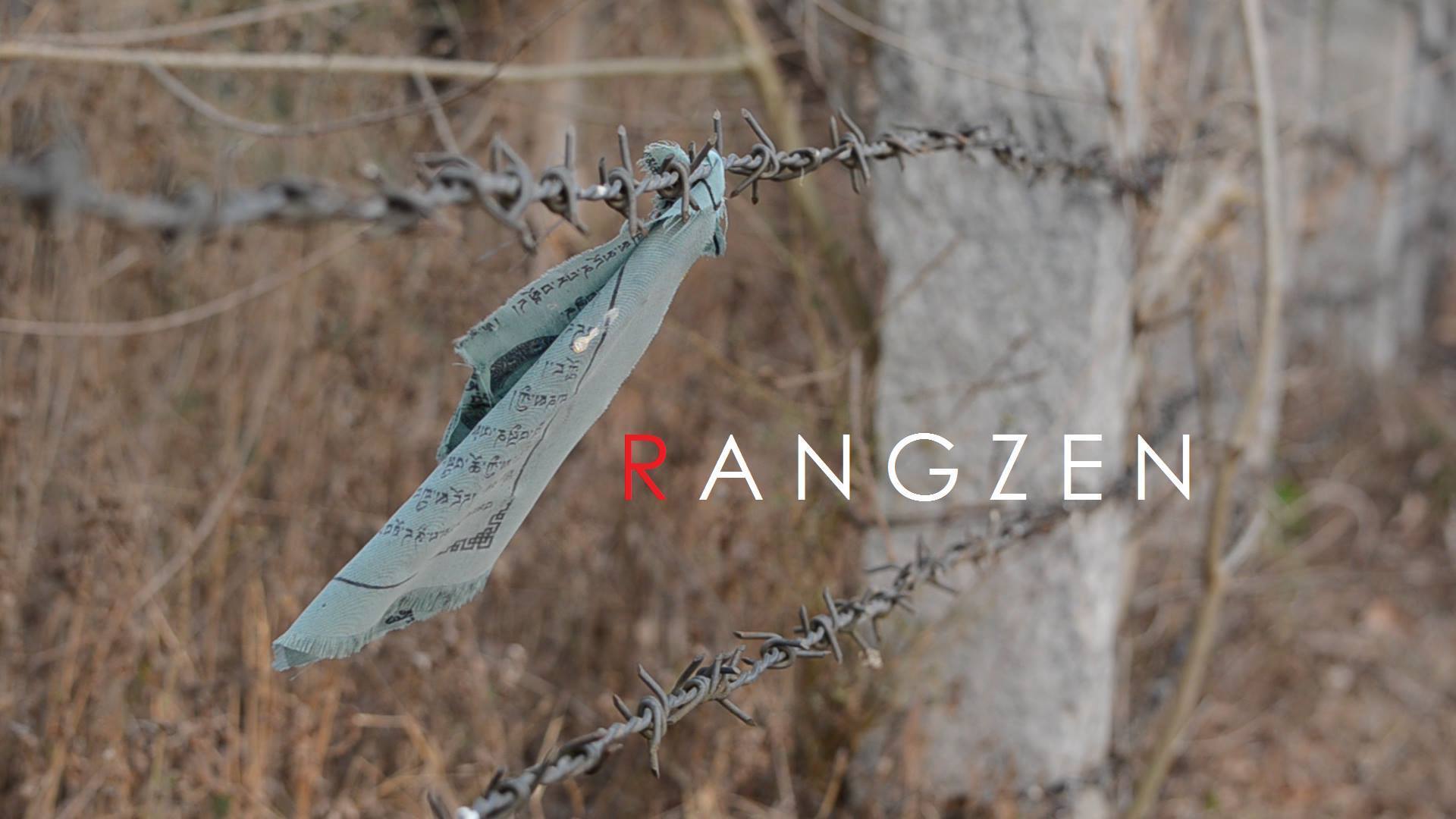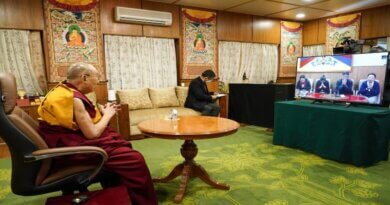Tibetan Monastery Leader Takes Own Life After China Intensifies Religious Crackdown in Tibet
By Tenzin Chokyi
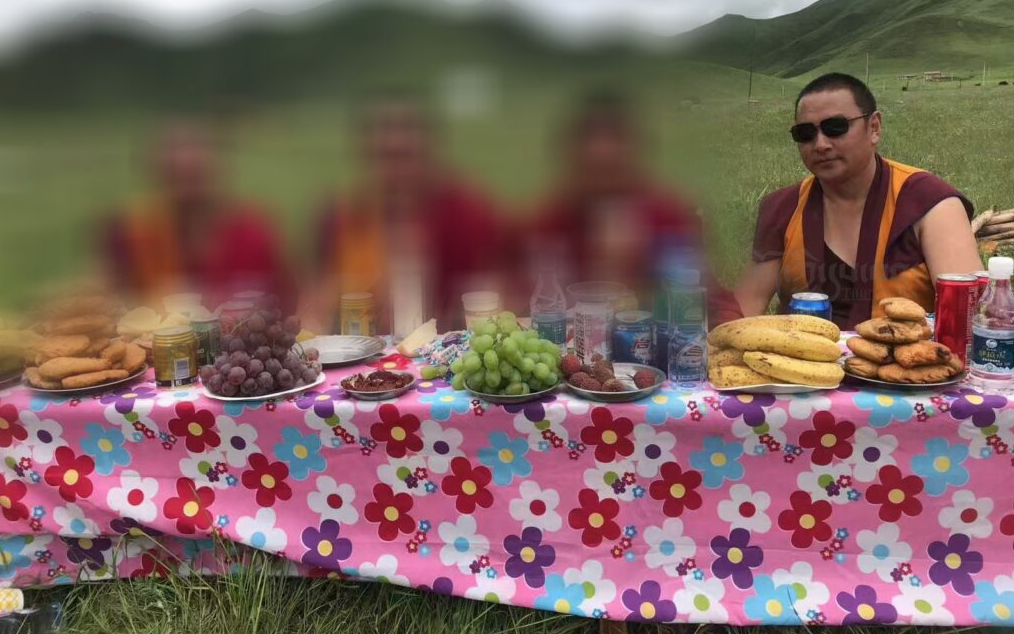
DHARAMSALA 25 Aug: In a land where all avenues of dissent are sealed off, Geshe Shersang Gyatso, a 52-year-old leader of Tsang Monastery in the Amdo region of occupied Tibet, took his own life on 18 August as a final act of resistance against China’s escalating repression at the monastery.
According to Tibet Times, Geshe Shersang Gyatso, a respected leader of the Tsang Monastery in Amdo, eastern part of occupied Tibet took his own life on the afternoon of August 18 by jumping from the top of the monastery’s shop building.
Geshe Shersang, as one of the monastery leaders, was under “unbearable pressure” in the lead up to the Dalai Lama’s 90th birthday last July. Reliable sources from occupied Tibet have revealed that Chinese authorities conducted intense searches of individual monks’ quarters, seizing forbidden photographs of the 14th Dalai Lama that monks had kept discreetly at great risk.
The monastery was subsequently placed under strict lockdown with severe restrictions on the freedom of movement.
After the 90th birthday celebration on 7 July, when the 14th Dalai Lama declared that China and no other entity has any authority in his reincarnation process, Chinese authorities reportedly began conducting multiple daily searches of the monastery’s quarters starting 20 July.
Daily political indoctrination sessions were held at the monastery, actively disregarding the monastery’s traditional religious ceremonies and regular activities. Sources have reported that this active disregard and contempt towards seemingly mundane religious ceremonies was designed to torture and provoke anger among the monks.
During the period surrounding the Tibetan spiritual leader’s birthday, monks were prevented from visiting the nomadic community within the monastery’s spiritual jurisdiction to perform religious services traditionally carried out during the fifth and sixth months of the Tibetan lunar calendar at the communities’ invitations.
This intense period of restriction and pressure from Chinese authorities, coupled with longstanding wounds of colonial oppression, led to Geshe Shersang’s decision to sacrifice his body, the only thing the Chinese couldn’t occupy.
Geshe Shersang Gyatso hailed from Arig village in Sog County of Malho Tibetan Autonomous Prefecture. He was considered one of the most outstanding monks in terms of both scholarship and conduct among the roughly one thousand monks in the Tsang Monastery.
The monastery houses monks from three regions: Malho, Tsolho, and Golok, making it among the largest monasteries in the Amdo region.

